Disused railway structures: asset or liability?
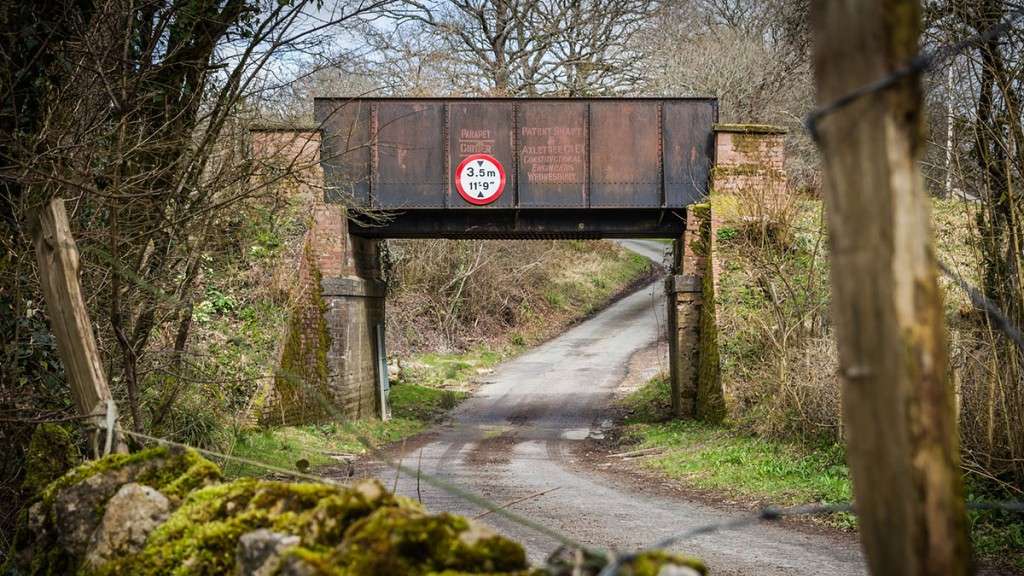
1st January 2022 | Updated 4th September 2023
Two years on from when the alarm was first sounded, Graeme Bickerdike considers the contentious infilling of legacy railway structures by National Highways. Despite being debated in the House of Lords and a subsequent government order to halt further infilling, the future of many historic bridges and tunnels is still far from certain.
Railway engineers remodelled Britain’s landscape through much of the 19th century, creating structures that often take your breath away. Ambition, courage and tenacity were the Victorians’ defining characteristics, but the human toll for this progress was unimaginable.
Although social change cut a swathe through the network in the Fifties and Sixties, the green corridors left behind still offer potential value as a sustainable transport revolution gets moving, powered by environmental commitments. And still spanning these old lines are iron and masonry monuments to the navvies’ endeavour. As the nation that gifted railways to the world, Britain cherishes this rich heritage. Don’t we?
National Highways (NH), the state-owned roads company, manages around 3,100 disused railway bridges, tunnels and viaducts on the Department for Transport’s behalf. Instinctively, this feels like a misfit and events of the past year suggest it to be exactly that. With limited experience in the custodianship of heritage infrastructure and a culture of risk-aversion, NH has embarked on a programme of liability reduction which could see the loss of several hundred structures over the coming years, although the firm is currently only admitting to 68.
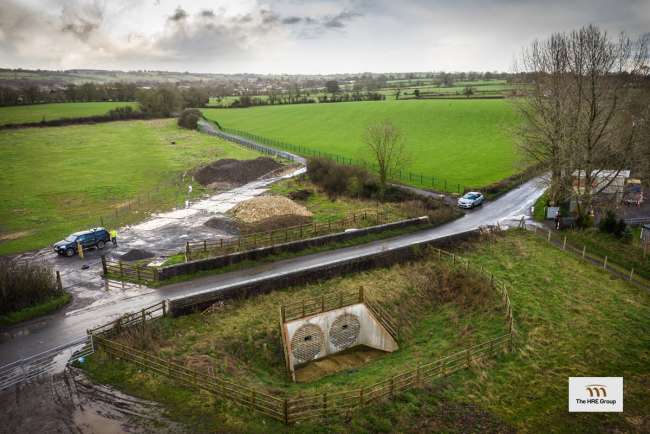
Image: Cannard's Grave Rd bridge in Shepton Mallet, Somerset, which National Highways infilled in 2019 at a cost of £272,000, including a 'bat hotel’ [Credit: The HRE Group]
Infilling is a blunt tool which most civil engineers reject. It has a significant environmental impact - often involving 1,000 tonnes of aggregate and concrete - and blocks wildlife corridors; there is also doubt as to whether it achieves very much in engineering terms. But it means National Highways can wash its hands of a bridge and the £25K of expenditure typically spent on it every ten years. That might sound like a sum worth saving, until you recognise that infilling can cost upwards of £150K, so the taxpayer sees no financial benefit for about 60 years.
What’s worse is that National Highways is choosing infill as its preferred asset management option, rather than adopting it as a last resort. This means that many historic railway structures that have a viable future use as part of a cycle path or reopened railway are being lost without an appraisal being made of their wider value.
In 2021, when the number of structures under immediate threat numbered 134, The HRE Group - an alliance of engineers, cycling campaigners and greenway developers - conducted a desk study which found that more than 40 of them already had potential for transport use.
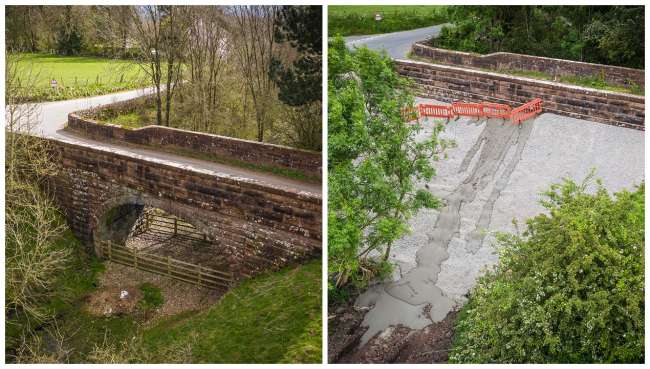
Image: the masonry arch bridge at Great Musgrave, Cumbria, before and after infilling by National Highways in 2021 [Credit: The HRE Group]
Gracing Cumbria’s countryside until this summer was Great Musgrave bridge, crafted in the 1860s by skilled masons. Whilst modest, it was the very definition of a ‘heritage structure’ and delightfully appropriate for its setting. To the north, about a mile away, is the terminus of the Eden Valley Railway, whilst further south at Kirkby Stephen, the Stainmore Railway has established a base. These two operations aspire to join forces by relaying the line beneath the bridge.
But National Highways had other ideas. In May 2021, its contractor arrived at the bridge, set up a compound and, four weeks later, it was buried. Eden District Council had not understood the significance of the scheme and authorised the work as Permitted Development, only realising their error when it was too late. NH claimed infilling was needed to prevent a collapse, despite its own inspection reports recording only a handful of minor defects and the need for localised repointing. Thankfully the Council insisted that a retrospective planning application be submitted, which has since been rejected, meaning that the infill will have to be removed.
Despite making claims to the contrary - both to the media and a Government Minister - National Highways did not see fit to even mention their destructive intentions to the only two invested stakeholders - the heritage railways whose volunteers had, for 25 years, put their hearts and souls into planning reconnection. Infilling has been a kick in the teeth.
The Government placed infilling on hold in response to a backlash over Great Musgrave. Civil engineers queued up to express shame and embarrassment at National Highways’ actions, prompting NH to establish a Stakeholder Advisory Forum to cast its eyes over future plans. But, behind the scenes, preparations to restart the programme continue.
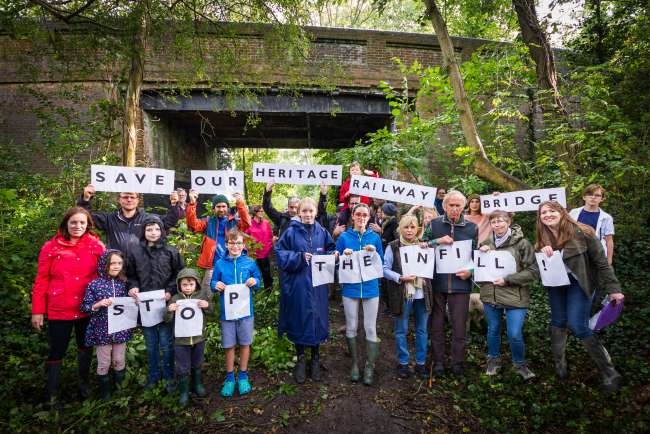
SAVED: Residents of Barcombe, East Sussex, gather in protest below their local bridge which was threatened with infilling but has since been reprieved [Credit: The HRE Group]
At Barcombe in East Sussex, a campaign has begun in response to the threatened infilling of a bridge in the village’s conservation area. Unlike Great Musgrave, this one has structural issues in the form of fractures down three of its wingwalls. There are as many repair options as engineers willing to express an opinion, but infill is National Highways’ chosen direction of travel.
The community points out that the habitat around the bridge is ecologically sensitive and the former railway is now used by wildlife. The district council is backing them, whilst the local MP - who’s in a marginal Tory seat - has lobbied the Minister. But NH is again pushing forward under Permitted Development powers which leaves objectors without a voice. It’s not a good look for a company funded by taxpayers.
There have been climb-downs. A bridge near Saltash - engineered by Isambard Kingdom Brunel - has been given a temporary reprieve despite NH telling Cornwall Council that infilling was needed to prevent an emergency arising. In Angus, an unusual masonry arch - protected by a Grade B listing - has also been removed from the at-risk list, as has another in the heart of Northumberland which sits comfortably alongside a delightfully restored station. And a bridge slated for demolition near Oxford is now being restored after villagers occupied its deck when a contractor arrived to knock down its parapets.
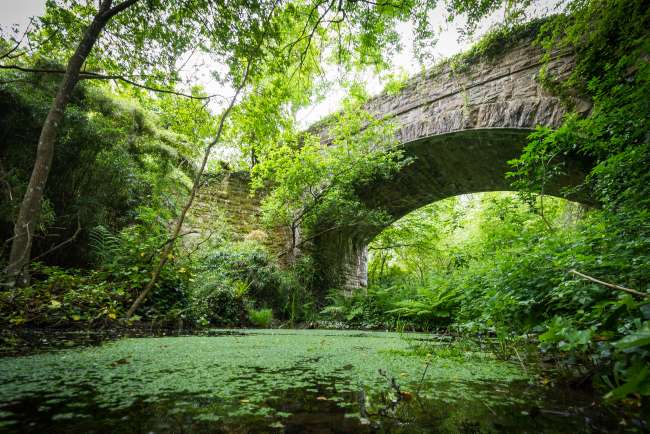
SAVED: The Isambard Kingdom Brunel design bridge near Saltash which National Highways had intended to infill in 2021 [Credit: The HRE Group]
There’s something fundamentally wrong with the culture behind this vandalism. National Highways is sitting in its silo managing a spreadsheet, oblivious to the impact of its actions on good people trying to build us a better future. It fails to understand that, as the appointed custodian of our railway heritage, it has been granted a great honour.
It is impossible to predict the future with any confidence. What’s certain though is that we have to grab with both hands the opportunities presented by these historic structures as we come to terms with the obligations imposed by climate emergency. We cannot allow National Highways to continue acting against the public interest, at a huge cost both financially and environmentally.
If you feel motivated to support the campaign, please sign the petition against the infilling programme.
When Great British Railways was unveiled in May 2021, the Government promised to end the industry’s fragmentation and “bring together the whole system”. In a House of Lords debate, Lord Young of Cookham sought confirmation that this would include National Highways’ legacy structures, a suggestion noted “with great interest” by Baroness Vere.
Those who see the value in these heritage assets will be crossing their fingers for such salvation.
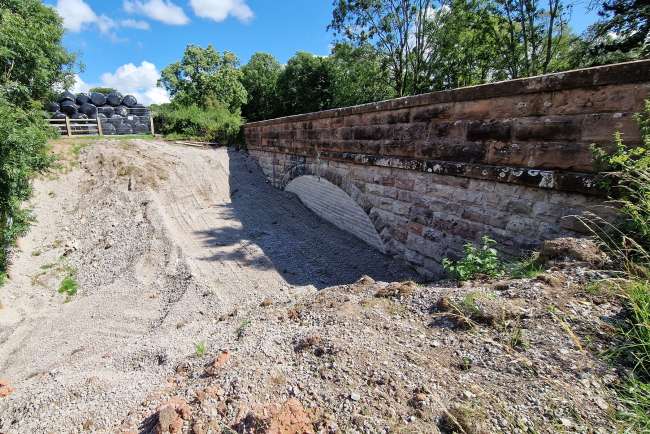
Image: The removal of hundreds of tonnes of aggregate and concrete from beneath Great Musgrave Bridge in August 2023 [Credit: The HRE Group]
UPDATE: Much can change in a couple of years
4th September 2023
When the delightful masonry arch bridge at Great Musgrave, Cumbria was unnecessarily infilled in 2021, attention was sharply focussed on the culture of the culprits - National Highways, the state-owned roads company and inexplicable custodian of 3,100 legacy railway structures. The resulting outpouring of anger and disgust brought a government intervention, with dozens of similar projects - and some demolitions - paused pending the establishment of a formal decision-making and review process.
Eden District Council also stepped in, its planning committee unanimously rejecting NH’s retrospective application to retain the Great Musgrave infill, which had been pushed through under emergency permitted development rights that only last 12 months. By 11 October 2023, the 1,600 tonnes of stone and concrete must have gone and the bridge returned to its previous state.
It’s a victory for those who care about the nation’s outstanding railway heritage, but a three-month closure of the road over the bridge will bring huge disruption with it, cutting off the school bus and imposing a miles-long diversion on local farmers. Many in the community believe National Highways is inflicting it as payback for their opposition to the infill.
There are safeguards now to prevent a repetition. A Stakeholder Advisory Forum has been formed to review proposals for works to structures where infill or demolition is an option. If that hurdle is cleared, National Highways must seek Ministerial approval before submitting planning applications for all future infill schemes. In theory.
And there remain historical issues to put right. Five other infills were carried out under the same emergency PD rights and four are currently unauthorised, National Highways having failed in its statutory obligation to obtain the relevant planning authority’s written consent for permanent retention.
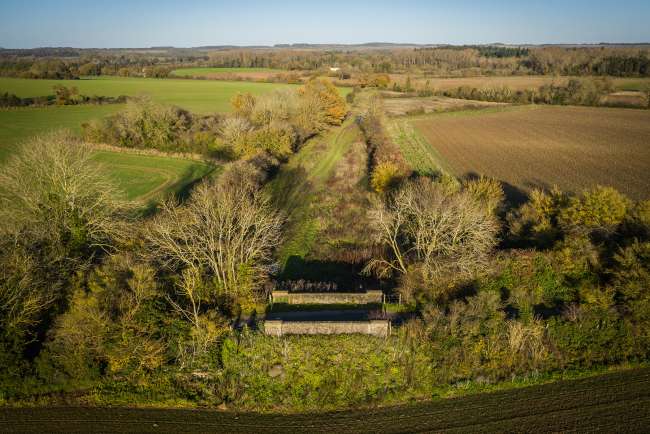
Image: The railway mansonry bridge at Congham, following infilling by National Highways in 2019 [Credit: HRE Group]
So at Congham in west Norfolk, where an early and rare-surviving modular concrete bridge was lost in 2021, another retrospective planning application will soon be determined. If you’d like to join the 360 people who’ve already objected, everything you need to know can be found HERE.
We’re in a better place. National Highways is making positive noises, its public relations team having been mobilised in an effort to rebuild a fractured reputation. But this is not a matter of corporate fluff; it’s about recognising these structures as assets as we transition to a greener future.
Has there been meaningful culture change? The jury is still deciding.
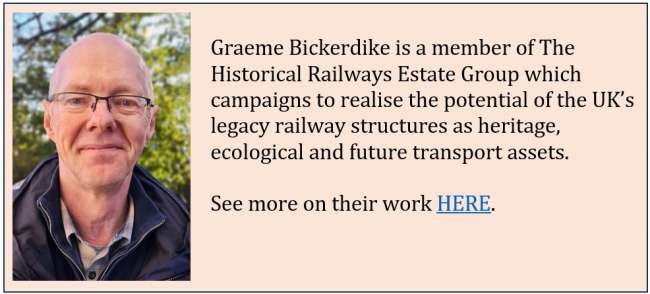
Notes:
1. All images courtesy of The HRE Group
2. Lead image - Barrowland Lane bridge near Bridport was under threat of demolition [Credit: The HRE Group]
